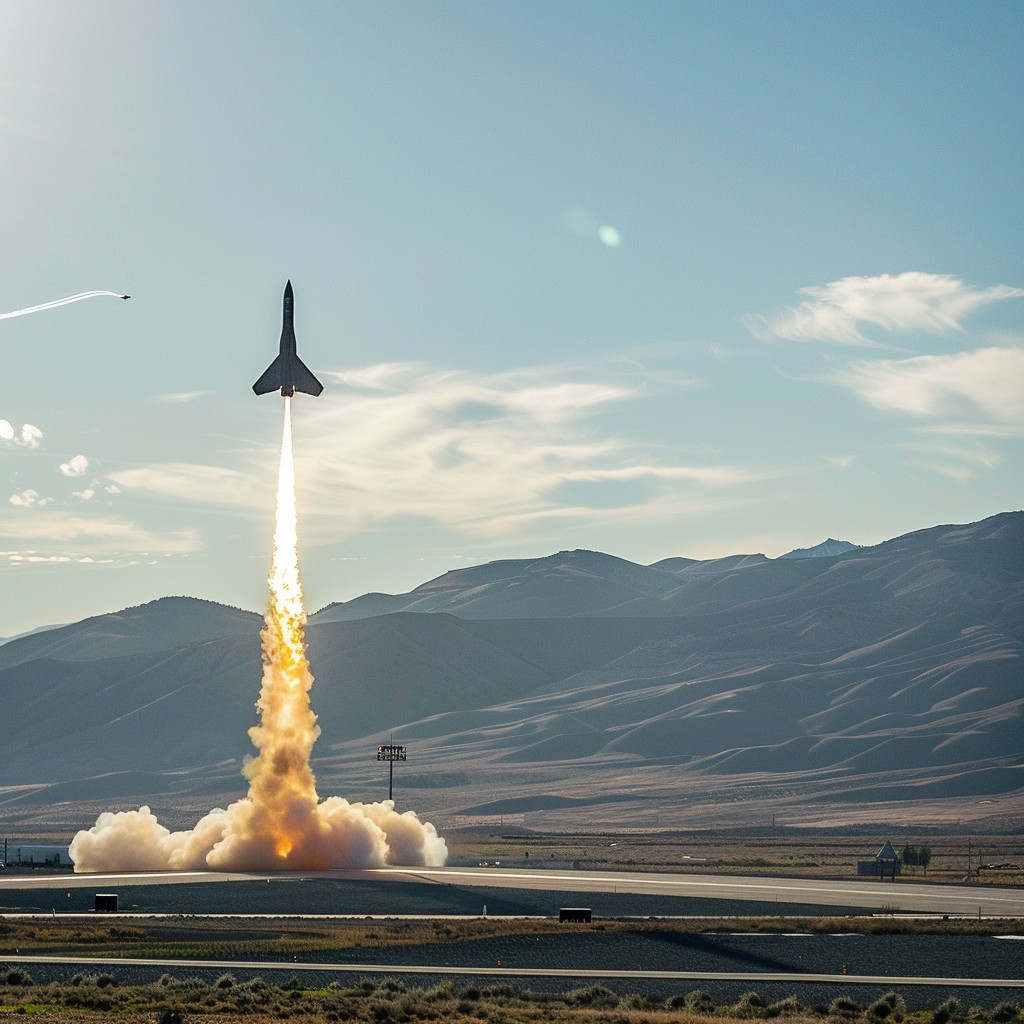The Space Development Agency (SDA) has enlisted the expertise of California-based EpiSci to tackle the formidable challenge of detecting hypersonic missiles in flight using satellite data. This initiative comes in response to the escalating threat posed by hypersonic missiles, which travel at speeds exceeding Mach 5, presenting a significant hurdle for existing defense systems.
The SDA, a division within the U.S. Space Force, is spearheading the development of a satellite network in low Earth orbit. This network provides global indications, warnings, tracking, and targeting capabilities for advanced missile threats. With projections estimating up to 100 missile-tracking satellites to be part of this network, the demand for advanced software capable of analyzing sensor data to identify targets amidst atmospheric clutter is paramount.
EpiSci’s role and partnership with Raytheon Technologies
Under a $1.6 million two-year Small Business Innovation Research Phase 2 contract from the SDA, EpiSci is tasked with developing AI-powered software to detect and track hypersonic threats. Samuel Hess, technical director at EpiSci, acknowledges the challenges inherent in this endeavor. Maintaining “custody” of fast-moving targets across vast distances necessitates collaboration between multiple satellites and precise tracking algorithms.
To address these challenges, EpiSci has partnered with Raytheon Technologies, a prominent defense contractor with expertise in missile defense simulations and data analysis. Raytheon Technologies, also an investor in EpiSci, brings invaluable resources to the table. Their sophisticated missile defense simulators will test EpiSci’s software against real-world data, simulating scenarios with multiple satellites to assess detection and tracking capabilities.
Expertise in autonomous flight and simulation
EpiSci specializes in AI for autonomous drones and enhancing combat pilots’ performance. Leveraging its expertise in autonomous systems, the company aims to develop software algorithms capable of detecting small targets amidst a cluttered environment while ensuring the maintenance of custody over these targets.
Hess highlights the importance of developing algorithms adapting to hypersonic missile flight’s dynamic nature. Effective communication across the satellite network becomes crucial as the target maneuvers through different camera images. EpiSci focuses on refining its software to detect and track hypersonic threats accurately, even in the presence of other airborne objects such as commercial aircraft.
EpiSci’s collaboration with the Space Development Agency marks a significant step in developing advanced capabilities for detecting and tracking hypersonic missiles. With the support of Raytheon Technologies and access to cutting-edge simulation tools, EpiSci is well-positioned to tackle the challenges posed by hypersonic threats. As the project progresses, the successful implementation of AI-powered software could bolster global defense efforts against emerging missile threats, safeguarding national security interests.





